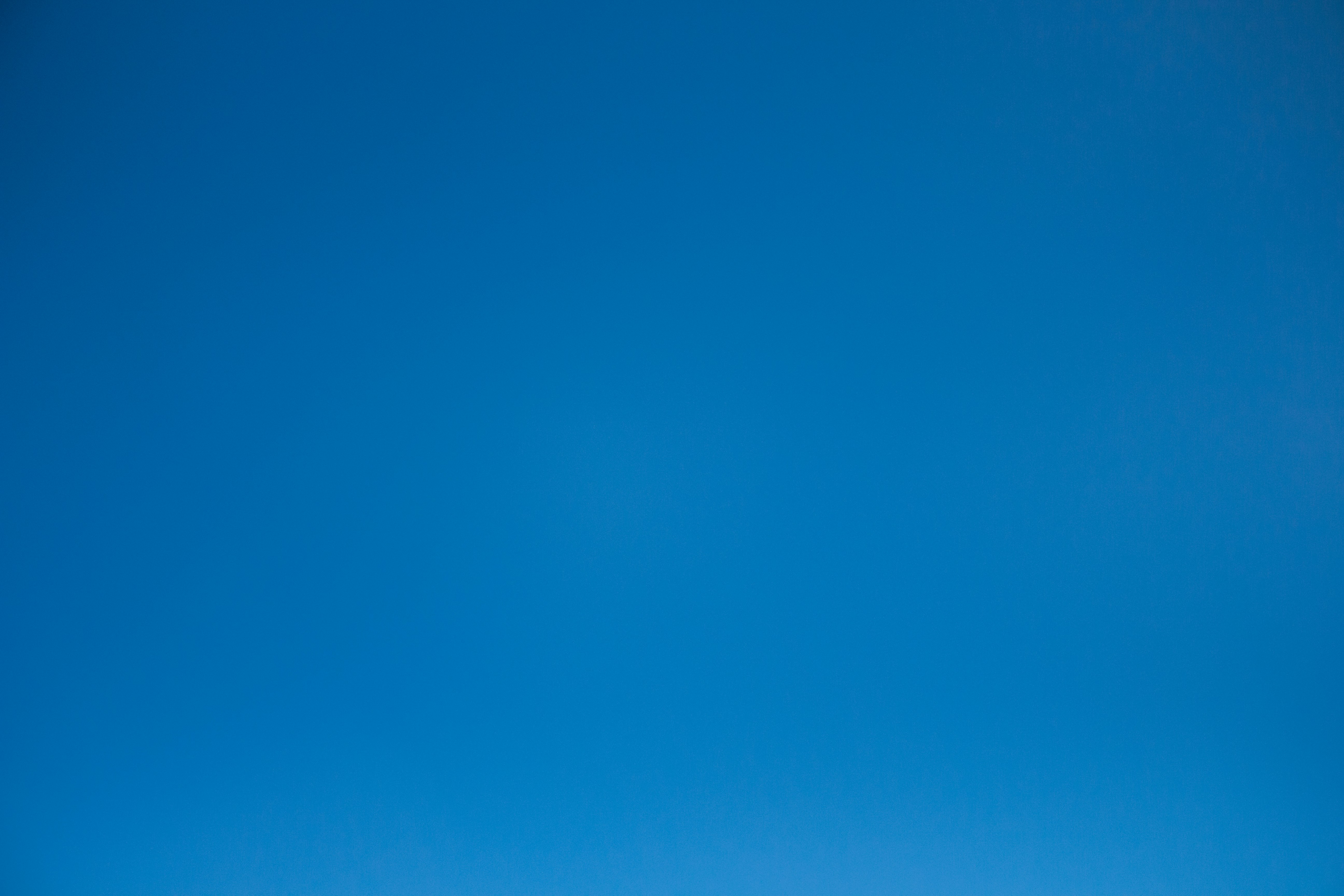Getting Down To Basics with

In some instances, you will require a family attorney. This is why it’s important to learn more about family attorneys so that you will know when you will need one and for it to be easy when making a choice. Learning much about the attorney is required since a lot needs to be known by you. This site has a lot that you can learn so click to uncover more about family lawyers. You need to ensure that before you select a family attorney, you have scrutinized him or her to be sure the attorney has the qualifications you require. Click here for more information on how to hire a family attorney and when.
When your marriage starts falling apart, you should look for a family lawyer. You have rights and those rights sometimes will never be given to you free until you get a family lawyer. the attorney will give you the information you need concerning family and how the couples need to behave and also how the divorce can be carried out if you need it.
With a family lawyer, you are going to find it easy to deal with the family case you have. This is one of the best steps to take when you have a case. These court cases can be very disturbing and give you too much pressure so instead of going through all this, you should hire a family lawyer. A family lawyer has dealt with these cases and therefore he or she will handle the case easier than if it were you handling the case.
to get better outcomes, you will need the services of a qualified family attorney. This company can give you better results when dealing with a family case because it has been in service for a long time. Also, read more here on different well-reputed law firms so that you will get quality presentations. When looking for a family lawyer, you must choose someone who is certified and experienced.
When you are ready for child adoption, you must have a family attorney. You have to go through a legal process before you adopt a child and hence you will need a family attorney. Since a family attorney is aware of the whole process and requirements, you will solve this case with ease.
Get a family lawyer if you want child support. Children need the support of their other parent even after a divorce which must be provided. Ensure that you take the matter to the court even if the partner doesn’t object to your demands since he or she can change without proper commitment.
This post topic: Legal
